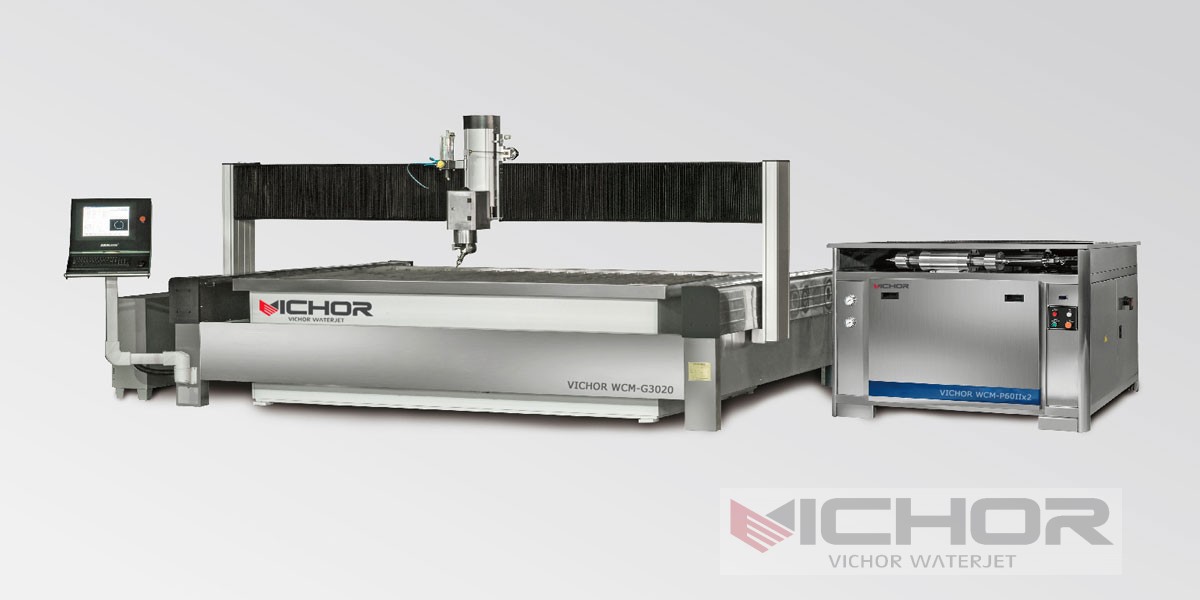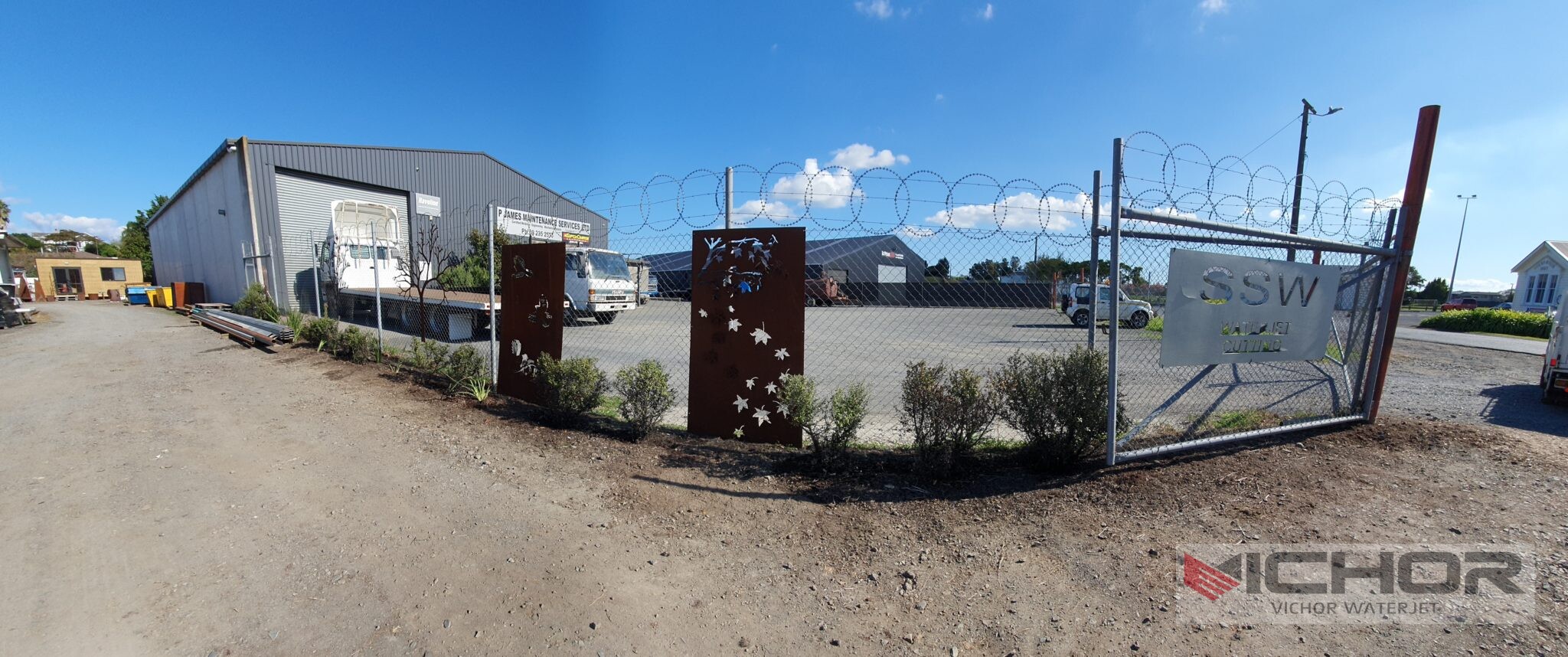Water Jet Machines for Sale: Your Ultimate Buyer's Guide to Choosing the Right Cutting System
The quest for precision, versatility, and cold-cutting capabilities in manufacturing, fabrication, and art often leads to one powerful technology: the water jet. If you’re actively searching for water jet machines for sale, navigating the options can feel overwhelming. This comprehensive guide delves into five crucial aspects you need to consider before making this significant investment. Whether you’re cutting intricate metal parts, rugged stone, delicate composites, or anything in between, understanding these facets ensures you find the perfect system for your needs and budget.
Why Water Jet Cutting?
Before diving into purchasing specifics, it’s worth reiterating why water jet machines for sale are in such high demand. Waterjet cutting uses an ultra-high-pressure stream of water, often mixed with an abrasive garnet, to erode material. This process offers unique advantages:
Cold Cutting: No heat-affected zone (HAZ), preserving material integrity and preventing warping or hardening.
Material Versatility: Cuts virtually any material – metals (steel, aluminum, titanium), stone, glass, ceramics, composites, rubber, plastics, foam, and food.
Precision & Complexity: Achieves tight tolerances and intricate shapes that are difficult or impossible with other thermal processes.
No Toxic Fumes: Environmentally cleaner than plasma or laser cutting certain materials.
Minimal Secondary Processing: Often produces near-net-shape parts requiring little finishing.
Now, let’s explore the five key considerations when evaluating water jet machines for sale:
1. Understanding Your Cutting Needs: The Foundation of Your Search
Before browsing listings for water jet machines for sale, deeply analyze your specific requirements. This assessment directly impacts the type, size, and power of machine you need.
Primary Materials & Thicknesses: What materials will you cut most frequently? What are the maximum thicknesses you need to handle? Cutting 1-inch thick titanium requires vastly more power than 1/4-inch acrylic. Pure water jets (abrasive-less) are excellent for soft materials (rubber, foam, food), while abrasive water jets are essential for metals, stone, and composites.
Part Size & Complexity: What are the dimensions of your typical parts? Do you need to cut large sheets or smaller intricate components? This determines the necessary table size (X-Y cutting area) and the machine’s precision capabilities (positioning accuracy, repeatability). Consider Z-axis height for potential 3D cutting or thick materials.
Required Tolerances & Edge Quality: What level of precision is essential? ±0.005″? ±0.001″? How smooth does the cut edge need to be? Finer tolerances and smoother edges often require higher precision components (linear guides, servo motors) and potentially dynamic cutting head technology.
Production Volume: How many parts or hours per day/week will the machine run? High-volume production demands robust construction, high reliability, easier maintenance access, and potentially higher horsepower pumps for faster cutting speeds.
Future Growth: Anticipate potential future needs. Will you handle thicker materials, new composites, or higher volumes? Choosing a machine with some scalability (e.g., a pump that can be upgraded, a larger table than immediately needed) can be cost-effective long-term.
Clearly defining these needs prevents you from underbuying (leading to frustration and limitations) or overbuying (wasting capital on unnecessary features) when you find water jet machines for sale.
2. New vs. Used vs. Refurbished: Weighing Cost Against Risk and Performance
The market for water jet machines for sale offers several acquisition paths, each with distinct advantages and considerations:
New Water Jet Machines:
Pros: Latest technology, full manufacturer warranty, customization options, peak performance and efficiency, latest safety features, dealer support and training, predictable maintenance baseline.
Cons: Highest upfront capital cost.
Ideal For: Businesses requiring maximum uptime, cutting-edge capabilities, long-term reliability, and warranty protection; those with strict quality control needs or cutting very demanding materials.
Used Water Jet Machines:
Pros: Significant cost savings (potentially 30-60% less than new), faster availability (sometimes immediate), established performance history (if well-maintained).
Cons: No or limited warranty, potential hidden issues (wear on pumps, rails, valves), outdated technology/software, higher risk of unexpected downtime and repair costs, limited or no manufacturer support, potential lack of documentation.
Ideal For: Budget-conscious buyers, shops with in-house maintenance expertise, those needing a secondary machine, or where cutting requirements are less demanding. Crucial: Require thorough inspection (preferably in-person), review detailed maintenance logs, and understand the machine’s history. Consider an independent technician evaluation.
Refurbished/Remanufactured Water Jet Machines:
Pros: Strikes a balance between new and used. Significant components (pump, intensifier, cutting head, controls) are often rebuilt or replaced to like-new condition. Typically comes with a warranty (shorter than new). Lower cost than new machines.
Cons: May not have the absolute latest features, warranty typically less comprehensive than new, quality of refurbishment varies greatly by provider.
Ideal For: Buyers seeking reliable performance at a reduced cost compared to new, with more security than a typical used machine. Crucial: Choose reputable refurbishers with documented processes and solid warranties.
When searching for water jet machines for sale, carefully evaluate your risk tolerance, budget, and need for warranty/support against the potential savings of pre-owned equipment.
3. Key Components & Specifications: Decoding the Machine’s Capabilities
Not all water jet machines for sale are created equal. Understanding core components and specifications is vital for comparing apples to apples:
The Pump: The Heart of the System: This generates the ultra-high pressure water (typically 40,000 PSI to 90,000+ PSI). Types include:
Intensifier Pumps: Most common. Use hydraulic oil to drive a piston that pressurizes water. Known for high pressure capability and robustness. Requires regular hydraulic oil and water seal maintenance.
Direct-Drive Pumps: Use an electric motor and crankshaft to pressurize water directly. Generally more energy-efficient, quieter, and require less maintenance (no hydraulic oil), but historically had lower max pressure limits (though improving). Horsepower (HP or kW) directly influences cutting speed and capability in thick materials.
Cutting Table & Motion System: This defines the work area and precision.
Table Size (X, Y): Must accommodate your largest parts/material sheets plus clamping. Consider future needs.
Z-Axis Height: Determines maximum material thickness plus standoff distance.
Drive System: Precision-ground linear rails and ball screws offer higher accuracy and longer life than simpler alternatives. Servo motors provide superior speed, accuracy, and responsiveness compared to stepper motors.
Table Construction: Robust, vibration-dampening frames (like granite or heavy welded steel) are essential for precision cutting. Slat type (steel, composite) impacts durability and maintenance.
Cutting Head & Abrasive Delivery System:
Mixing Tubes: Wear parts that focus the jet; material (tungsten carbide, diamond) and orifice size significantly impact cut quality and life.
Abrasive Metering System: Precisely controls the flow of garnet abrasive. Consistent flow is critical for uniform cut quality.
Dynamic Head (Taper Compensation): An advanced feature that tilts the cutting head during motion to compensate for the natural taper inherent in waterjet cutting, producing near-vertical walls – essential for high-precision parts.
Control System & Software: The machine’s brain and user interface.
CNC Controller: Industry standards like Siemens, Fanuc, or proprietary systems. Look for intuitive operation and reliability.
CAD/CAM Software: Essential for designing parts and generating machine toolpaths (G-code). Capabilities vary widely – from basic 2D nesting to advanced 3D modeling, simulation, and taper compensation. Compatibility with your existing design software is a plus.
Intelligent Water Management (IWM): Advanced systems monitor water pressure, orifice condition, and abrasive flow in real-time, making automatic adjustments to maintain consistent cut quality and alerting operators to potential issues. A significant differentiator for consistent results.
Scrutinize these specs closely when comparing water jet machines for sale. Don’t just look at price and table size; the pump technology, motion system quality, and control software significantly impact real-world performance and part quality.
4. Applications & Industries: Matching the Machine to the Market
Water jet machines for sale serve an incredibly diverse range of industries. Understanding where they excel helps justify the investment and ensures the machine fits your specific niche:
Metal Fabrication & Machining: Cutting complex shapes in steel, aluminum, stainless, titanium, brass, copper (no HAZ!). Used for parts in aerospace, automotive, defense, machinery. Often replaces laser or plasma for thicker materials or heat-sensitive alloys.
Stone & Tile: Cutting countertops (kitchens, bathrooms), intricate tile designs, mosaics, monuments, and architectural elements. The cold cut prevents cracking and chipping common with saws.
Glass & Ceramics: Cutting decorative glass panels, mirrors, shower enclosures, technical ceramics, and fragile materials without inducing stress fractures.
Composites & Laminates: Ideal for carbon fiber, fiberglass, Kevlar, and honeycomb structures used in aerospace, automotive, and marine industries. Delamination-free cutting is critical.
Rubber, Foam & Plastics: Cutting gaskets, seals, packaging, insulation, signage, and intricate plastic components. Pure water jets are often used here.
Food Processing: Cutting frozen foods, cakes, pastries, poultry, and fish hygienically with pure water jets (no additives).
Art & Architecture: Creating intricate sculptures, detailed metal artwork, and custom architectural features.
Tool & Die: Prototyping and production of dies, molds, and fixtures.
When evaluating water jet machines for sale, consider the predominant applications in your target market. A machine optimized for high-speed metal cutting might differ subtly from one focused on intricate stone work or food production.
5. The Total Cost of Ownership (TCO) & Where to Buy
The purchase price is just the beginning. Truly understanding the cost of water jet machines for sale means calculating the Total Cost of Ownership (TCO):
Initial Purchase Price: Varies dramatically based on size, power, features (new vs. used), and brand.
Installation & Rigging: Waterjets are heavy. Factor in costs for delivery, rigging into your facility, and potentially reinforced flooring. Requires high-voltage power (typically 480V 3-phase), ample clean water supply (often with filtration/softening), and proper drainage.
Abrasive (Garnet): A major ongoing consumable cost. Consumption depends on pump pressure, orifice size, and cutting hours. Factor in storage and handling (bulk bags are most economical).
Other Consumables: Mixing tubes, high-pressure seals, valves, orifices (water jets), cutting head parts. Quality varies; cheaper parts often wear faster, increasing long-term cost.
Water & Electricity: High-pressure pumps consume significant electricity. Water usage is substantial but often recyclable with closed-loop systems (a worthwhile investment for many shops).
Maintenance & Repairs: Regular preventative maintenance (PM) is crucial for uptime and pump longevity. Costs include PM kits, labor (in-house or service contract), and potential major component repairs (pump rebuilds). Warranties mitigate early repair costs.
Operator Training: Essential for safety, efficiency, and maximizing machine capability. Factor in initial and ongoing training costs.
Software Updates & Support: Annual software maintenance contracts are common for access to updates and technical support.
Where to Find Water Jet Machines for Sale:
OEM Manufacturers (Direct): Flow International, OMAX (a Hypertherm company), KMT Waterjet Systems, Bystronic, Jet Edge, WARDJet, Resato. Best for new machines, full support, and customization.
Authorized Dealers/Distributors: Represent specific manufacturers regionally. Offer sales, service, and support locally.
Industrial Machinery Dealers: Specialize in used and refurbished equipment across many brands (e.g., Machinery Network, Revelation Machinery, UsedWaterJets.com). Provide access to pre-owned inventory.
Online Auctions & Marketplaces: eBay, Bidspotter, Industrial Auctioneers. Can offer deals but carry higher risk (limited inspection, “as-is” sales). Due diligence is paramount.
Refurbishing Specialists: Companies dedicated to rebuilding specific brands/models to high standards, offering warranties.
Making Your Purchase Decision
Finding the right water jet machines for sale requires careful research and due diligence:
Define Needs: Revisit section 1 thoroughly.
Set Budget & Explore Options: Research New, Used, Refurbished within budget.
Research Brands & Models: Compare specs, features, and reputations for reliability and support.
Get Quotes & Demos: Request formal quotes including installation estimates. Insist on cutting your material samples during a demo to see real-world performance.
Check References & Service Support: Talk to existing customers. Investigate the availability and reputation of local service technicians.
Evaluate TCO: Look beyond the sticker price.
Negotiate & Finalize: Understand warranty terms, delivery timelines, and training included.
Investing in water jet machines for sale opens a world of manufacturing possibilities. By meticulously considering your specific cutting needs, weighing the pros and cons of new versus pre-owned equipment, understanding the critical components and specifications, aligning the machine with your target applications, and calculating the true Total Cost of Ownership, you position yourself to make an informed and successful purchase. Don’t rush the process. Thorough research, demanding demos, and careful evaluation of support networks are the keys to unlocking the immense potential and profitability of waterjet technology for your business. Start your search equipped with this knowledge, and you’ll find the perfect waterjet system to propel your capabilities forward.
continue reading
Related Posts
- 1615 words8.1 min read




